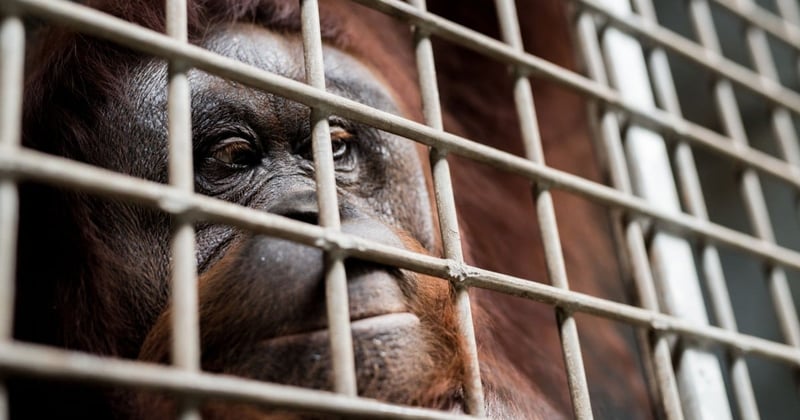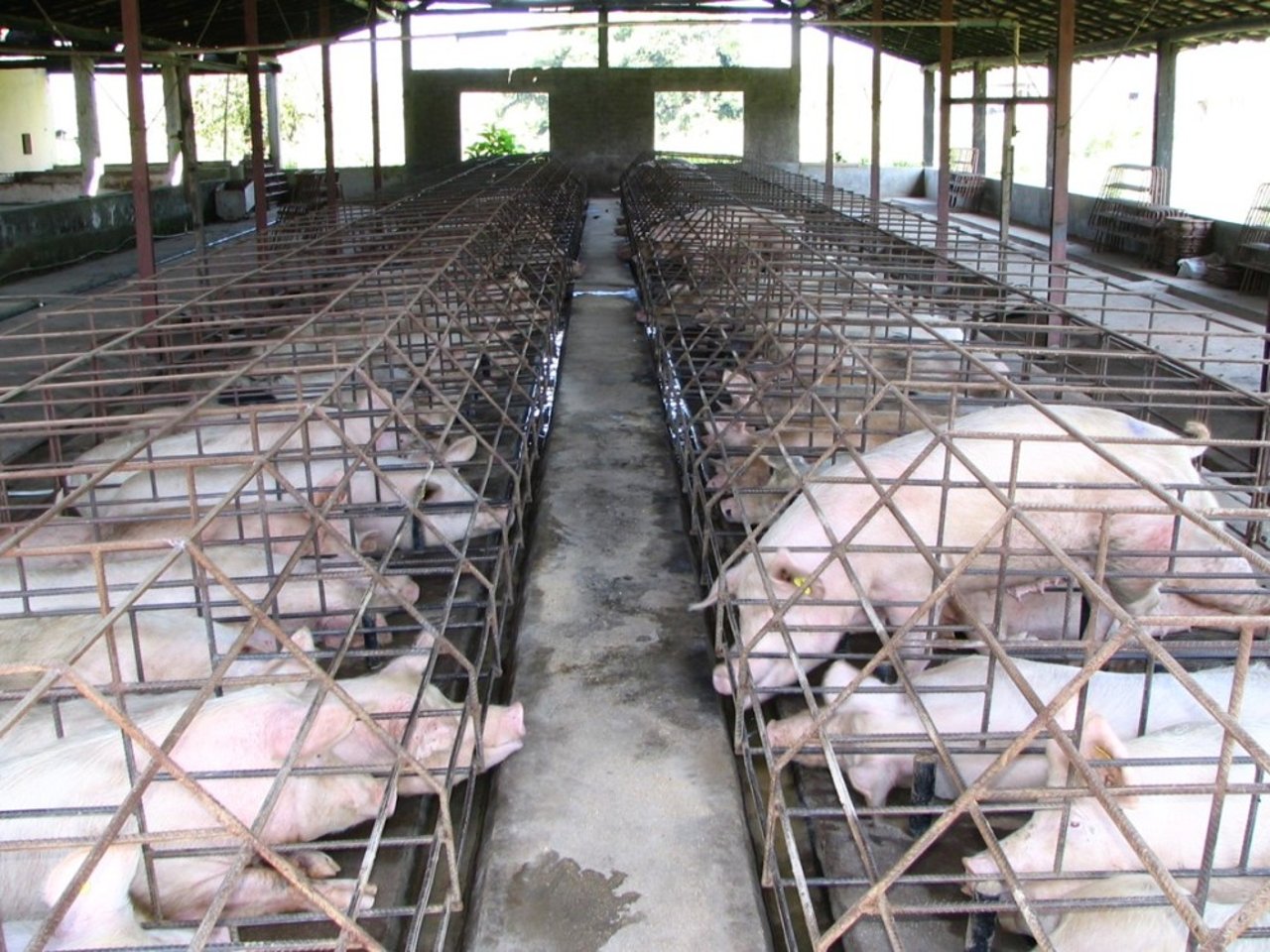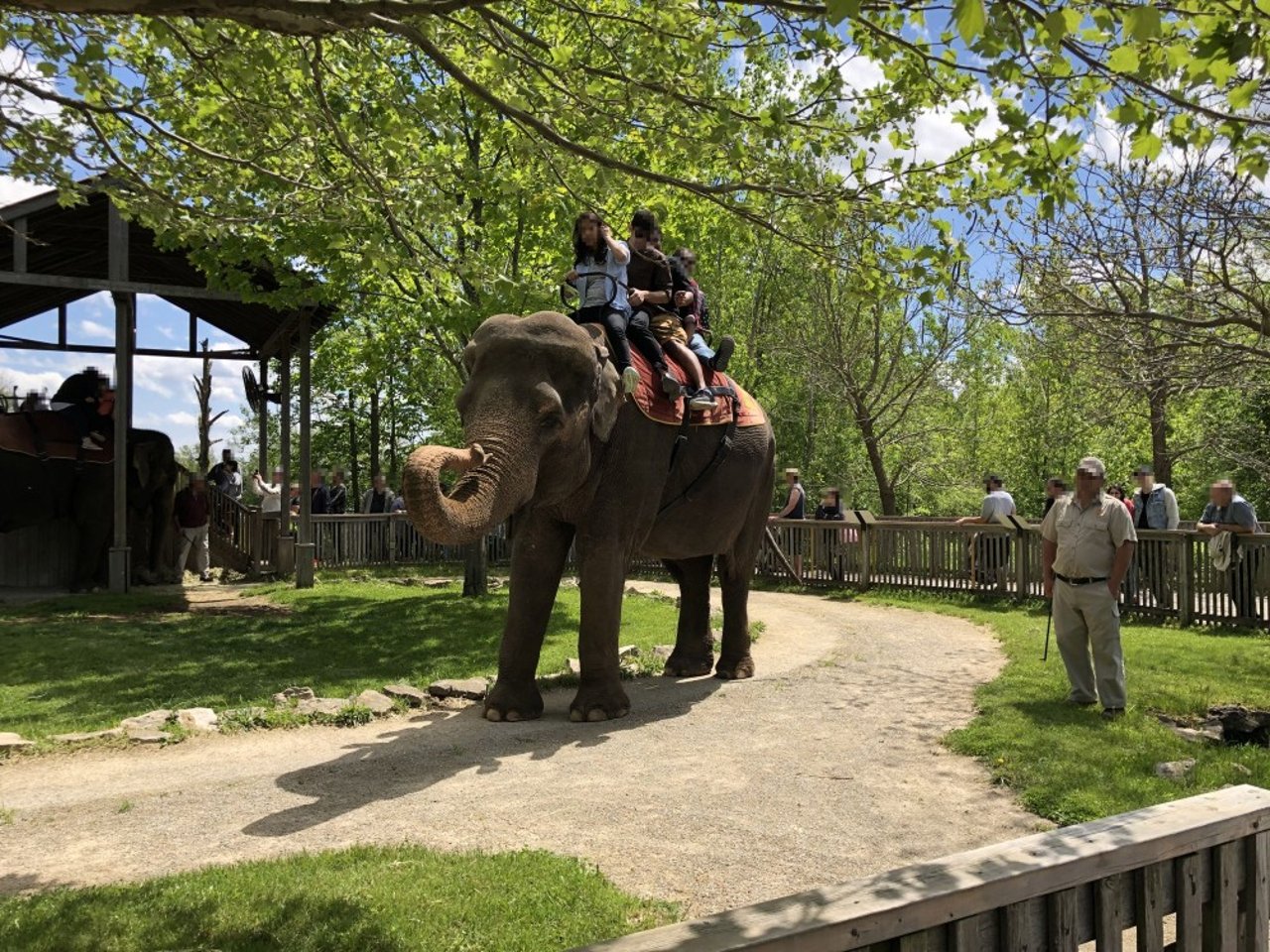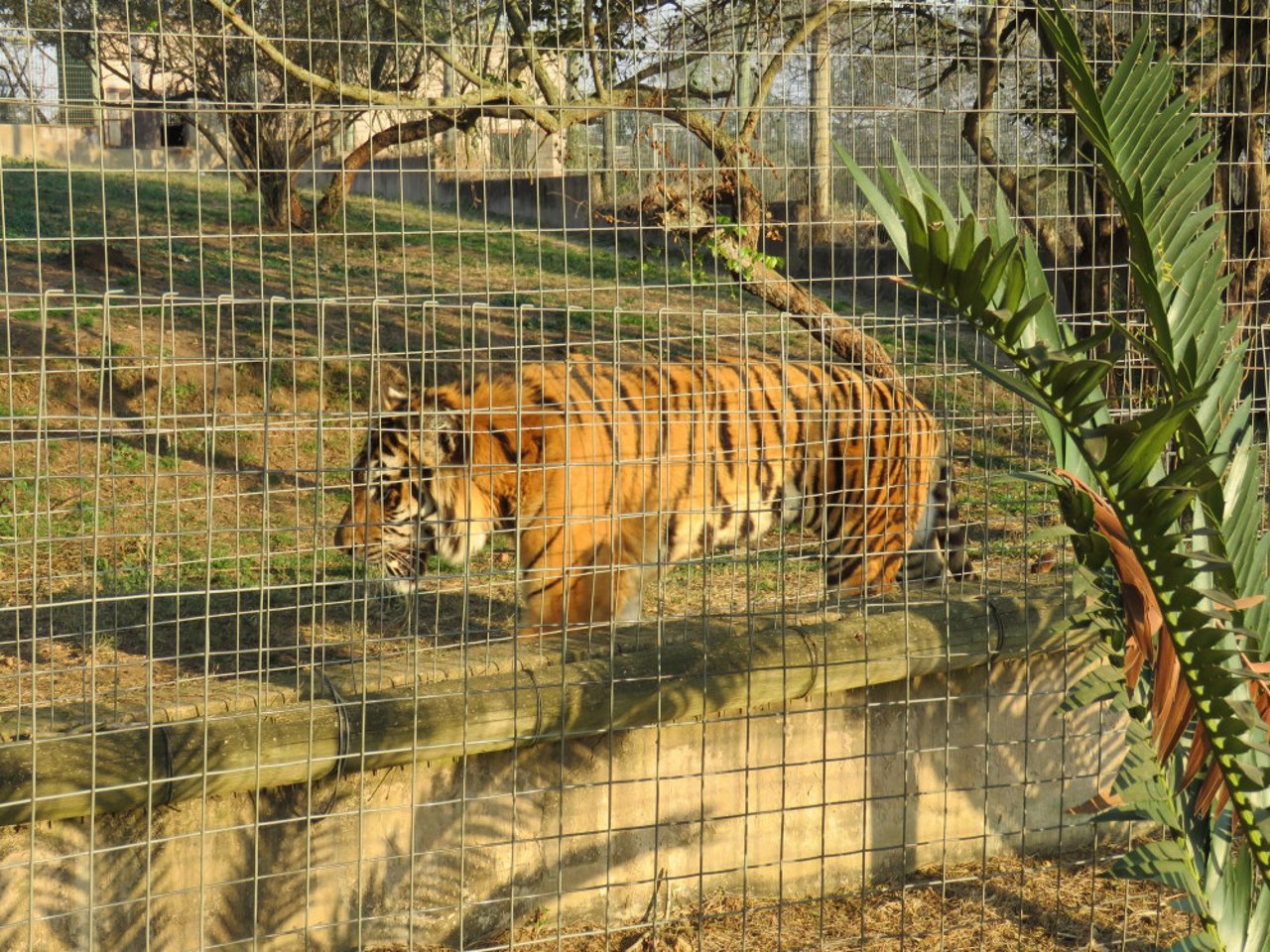
9 Animal Cruelty Facts and What You Can Do to Change the Statistics
Blog
Animals around the world suffer needlessly to support the wildlife pet trade, the tourism industry, and commercial farming efforts. You have the power to make a change.
Animals around the world, both in the wild and in captivity, suffer needlessly at the hands of humans in the wildlife pet trade, the tourist entertainment industry, and factory farming. You have the power to make a change and end this suffering. Read and share these nine animal cruelty facts to learn how you can help and encourage others to join the animal protection movement.
1. Tokitae, a 56-year-old orca, has lived alone in captivity for more than 50 years
At the Miami Seaquarium, a well-known marine amusement park, the orca Tokitae lives in what is reportedly the smallest orca tank in the world. Tokitae has endured the poor conditions of her cruel captivity for more than 50 years--almost her entire life. Captive orcas have been a common sight at marine amusement parks since the 1960s, and the travel and tourism industry has only exacerbated the exploitation of orcas at such venues: Groupon, one of the largest travel companies in the US, sells a number of deals to venues with known issues of animal mistreatment, like the Miami Seaquarium.
What You Can Do: Email Groupon to demand that it stop profiting from wild animal suffering and adopt a public animal welfare policy that protects animals.
Pregnant pigs (sows) are kept in rows of cages (known as gestation crates) on a farm in Brazil.
2. Mother pigs raised on factory farms are too cramped to turn around
Most mother pigs in factory farming environments are confined to cages the size of an average refrigerator during pregnancy, called gestation crates. The gestation crates are so small, that these mother pigs can’t even turn around. Factory farming is one of the largest sources of animal cruelty today—the pigs, cows, chickens, and turkeys raised on factory farms are some of the most abused animals in the world. It’s time for us to rethink farming.
What You Can Do: Support the Farm System Reform Act, which will put a moratorium on large concentrated animal feeding operations, in addition to uplifting independent family farmers, protecting frontline workers, rural communities, and public health, and overhauling our broken food system.
3. Animal tourism experiences can shorten a sloth’s lifespan
The growing demand for “wildlife selfies” has dramatically increased the number of wild animals abused for photo opportunities in the tourist entertainment industry. The most common species used for selfies in the Amazon are sloths. In the wild, sloths live quiet, sleepy lives. Being constantly surrounded by noise and people they can’t escape causes them unimaginable stress, and our evidence suggests that captivity is an almost certain death sentence for many sloths.
What You Can Do: Sign the Wildlife Selfie Code and commit to cruelty-free selfies and photo experiences with wild animals.
An elephant giving rides at African Lion safari, Canada.
4. There’s a 96% chance that an elephant attraction keeps its elephants in unacceptable living conditions
When not performing, elephants in the entertainment industry are chained day and night, sometimes on chains less than 10 feet long. These elephants are typically taken from their mothers at young ages and beaten and abused during training.
What You Can Do: Support the Wildlife. Not Entertainers Pledge and help us end the suffering of animals in the tourist entertainment industry.
5. At least 75% of pet snakes, lizards, tortoises, and turtles die within one year of becoming a pet
Wild animals kept as household pets will inevitably experience some level of suffering. It is impossible to meet all of the needs of a wild animal if that animal is not in the wild. Each year, millions of wild animals are captured from their natural habitats or born into captivity just to become pets. Whether or not these wild animals were legally obtained, the wildlife pet trade perpetuates cruelty.
What You Can Do: Sign the Animals, Not Products Pledge and help us end the wildlife pet trade by pledging not to buy wild animals as pets.
A captive tiger paces back and forth. Credit: Anonymous, Blood Lions
6. When big cats grow too big for cub petting, most are sold into the wild pet trade
Big cats like lions and tigers belong in the wild, but too many live their lives in captivity—in fact, there are more tigers in captivity in the United States than are left in the wild. Businesses that profit from petting and photo opportunities with big cats can call themselves “sanctuaries” or “rescues,” but really, they’re just exploiting these wild animals for human entertainment. When cubs outgrow the cub petting experience in such venues, many of them are sold into the wild pet trade or end up on the black market to be used for their body parts.
What You Can Do: Urge your federal legislators to support the Big Cat Public Safety Act and prohibit the private possession of big cats.
7. Newborn primates bred for the primate pet trade are forcibly removed from their mothers after birth
In the wild, primates are social creatures who live in large groups. Those primates bred to satisfy the demand for household pets are removed from their mothers at a young age and kept in private homes, where their needs cannot be met. Their teeth are often removed as a method of taming them. Since 1990, approximately 300 people have been injured by primates kept as pets—primates are wild animals and do not belong in homes.
What You Can Do: Message your state representatives to support the Captive Primate Safety Act and help us end the cruel primate pet trade.
8. 99% of US farmed animals live on factory farms, resulting in the spread of disease and antibiotic-resistant superbugs
When large quantities of animals live in such cramped and unnatural conditions, the spread of disease is inevitable, and antibiotic usage is common practice on factory farms. This usage is so widespread that it results in the formation of antibiotic-resistant superbugs that then enter our food chain and reduce our ability to fight disease. Each year, 750,000 people die from infections that cannot be treated by antibiotics, with experts estimating this number to rise to 10 million by 2050.
What You Can Do: Demand the FDA take action to reduce antibiotic usage on factory farms and help support public health.
9. Factory-farmed chickens are slaughtered when they’re still babies
Although the natural lifespan of a chicken is 5-10 years, in factory farms, they only live about 42 days. To maximize profits and boost production as much as possible, factory farms feed chickens a grain-heavy diet resulting in the chickens gaining nearly 2 ounces in weight per day, effectively ‘speeding up’ their lives. Chickens’ bodies and immune systems cannot support this unnaturally accelerated growth, which results in suffering, disease, and death.
What You Can Do: Reduce your meat consumption. If you need help getting started, consult Plant-Powered Changemakers, our community to guide to eating less meat and doing right by animals.
More Ways to Make a Change
Additional information about these animal cruelty facts can be found across our current campaigns and in our ongoing studies and reports. If you want to do more to support the animal protection movement, sign up for our newsletter and explore other ways to give to World Animal Protection.


